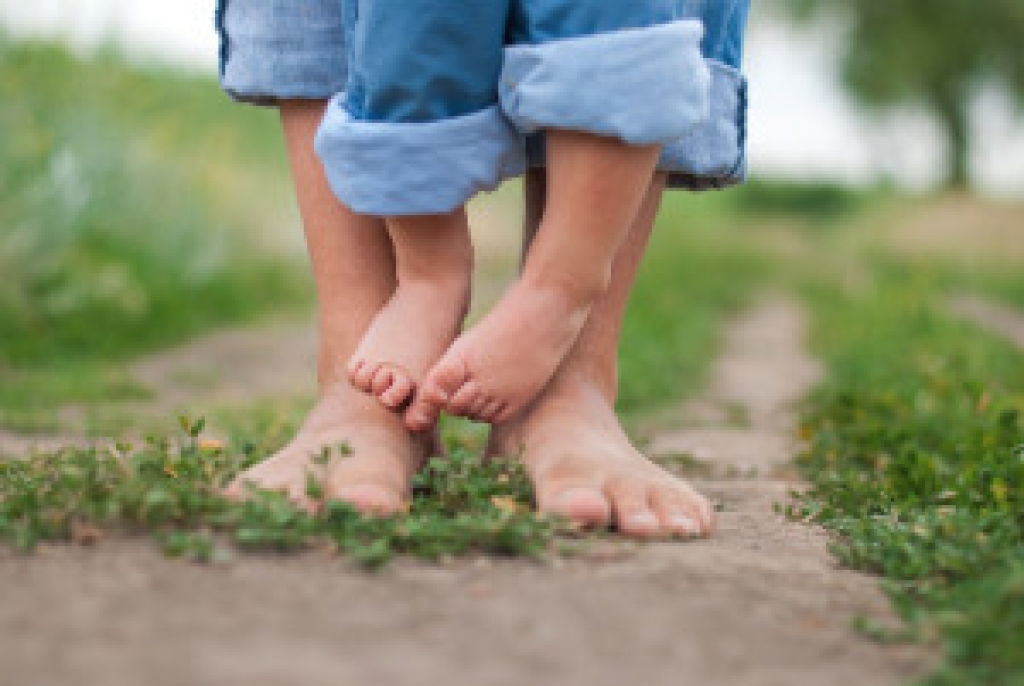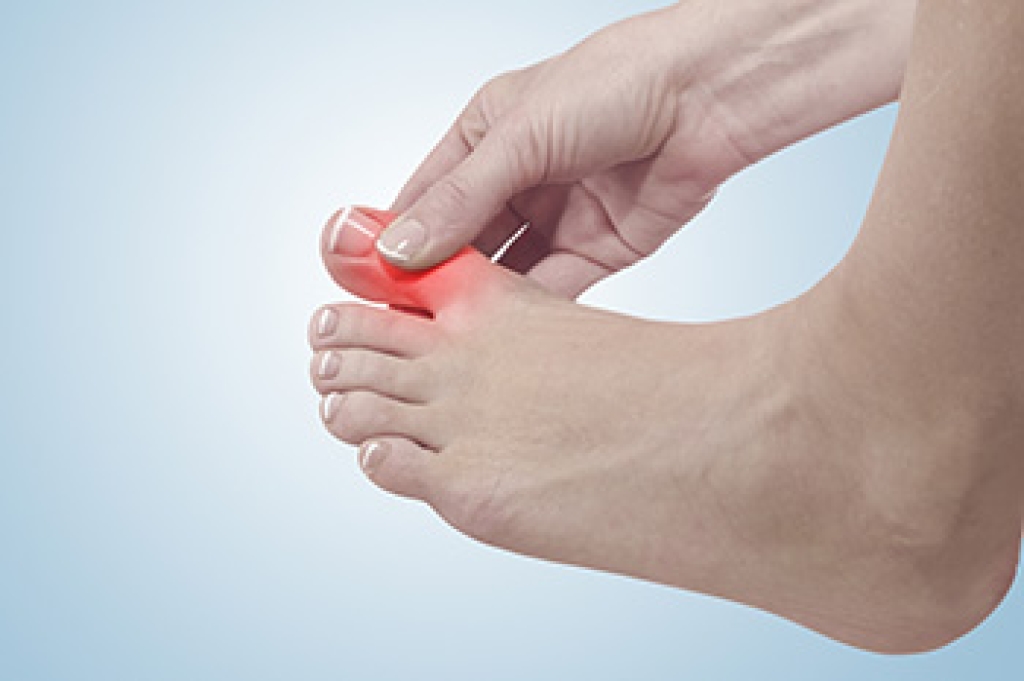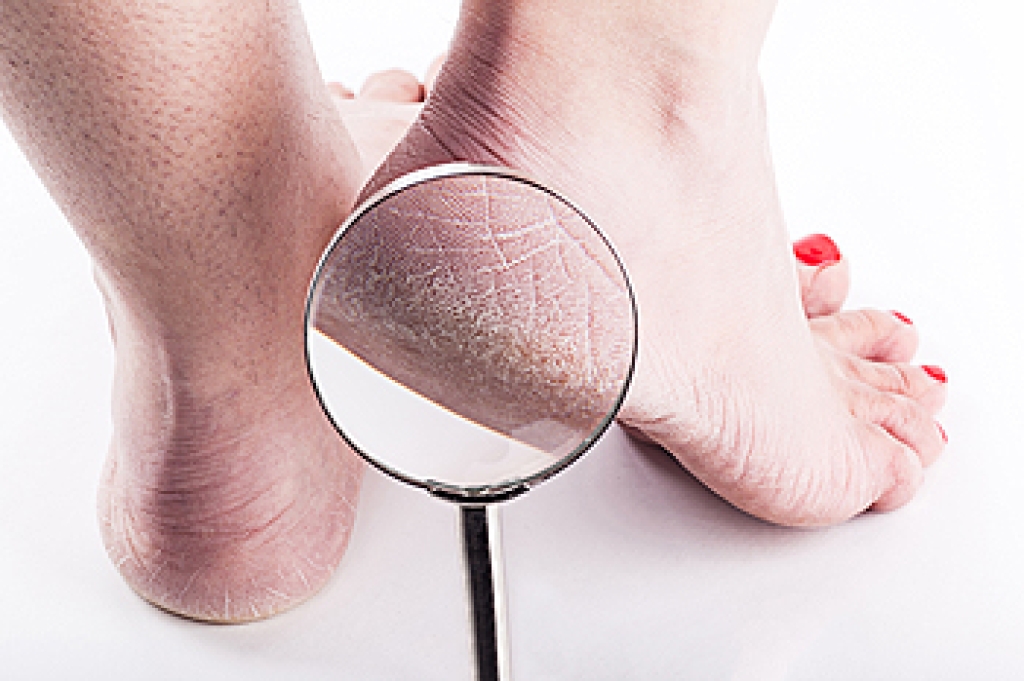
Caring for a child's feet is essential for their overall growth, as their feet develop significantly in early years. To ensure healthy foot development, it is important to let children move their feet freely, without restrictive clothing or bedding. Regular cleaning and drying of the feet, especially between the toes, helps prevent infections. Parents should be vigilant for any signs of cuts, sores, swelling, warts, or ingrown toenails. Barefoot walking is beneficial for children learning to crawl and walk, aiding natural foot and toe development. However, in cold weather, appropriate footwear such as socks or booties is necessary. Since children's feet grow rapidly, regularly checking the fit of socks and shoes is vital to avoid discomfort. When choosing shoes, ensure they fit well and allow for movement and growth. Synthetic shoes should be avoided in favor of breathable, natural materials. Parents should watch for any foot problems or changes in walking patterns and if concerned, it is suggested that they schedule an appointment with a podiatrist for a thorough examination of their child’s feet and treatment if necessary.
The health of a child’s feet is vital to their overall well-being. If you have any questions regarding foot health, contact Wendy L. Grossman, DPM of New Jersey. Our doctor can provide the care you need to keep you pain-free and on your feet.
Tips for Keeping Children's Feet Healthy
- Make sure their shoes fit properly
- Look for any signs of in-toeing or out-toeing
- Check to see if they have Clubfoot (condition that affects your child’s foot and ankle, twisting the heel and toes inward) which is one of the most common nonmajor birth defects.
- Lightly cover your baby’s feet (Tight covers may keep your baby from moving their feet freely, and could prevent normal development)
- Allow your toddler to go shoeless (Shoes can be restricting for a young child’s foot)
- Cut toenails straight across to avoid ingrown toenails
- Keep your child’s foot clean and dry
- Cover cuts and scrapes. Wash any scratches with soap and water and cover them with a bandage until they’ve healed.
If you have any questions, please feel free to contact our office located in Bloomfield, NJ . We offer the newest diagnostic and treatment technologies for all your foot care needs.




